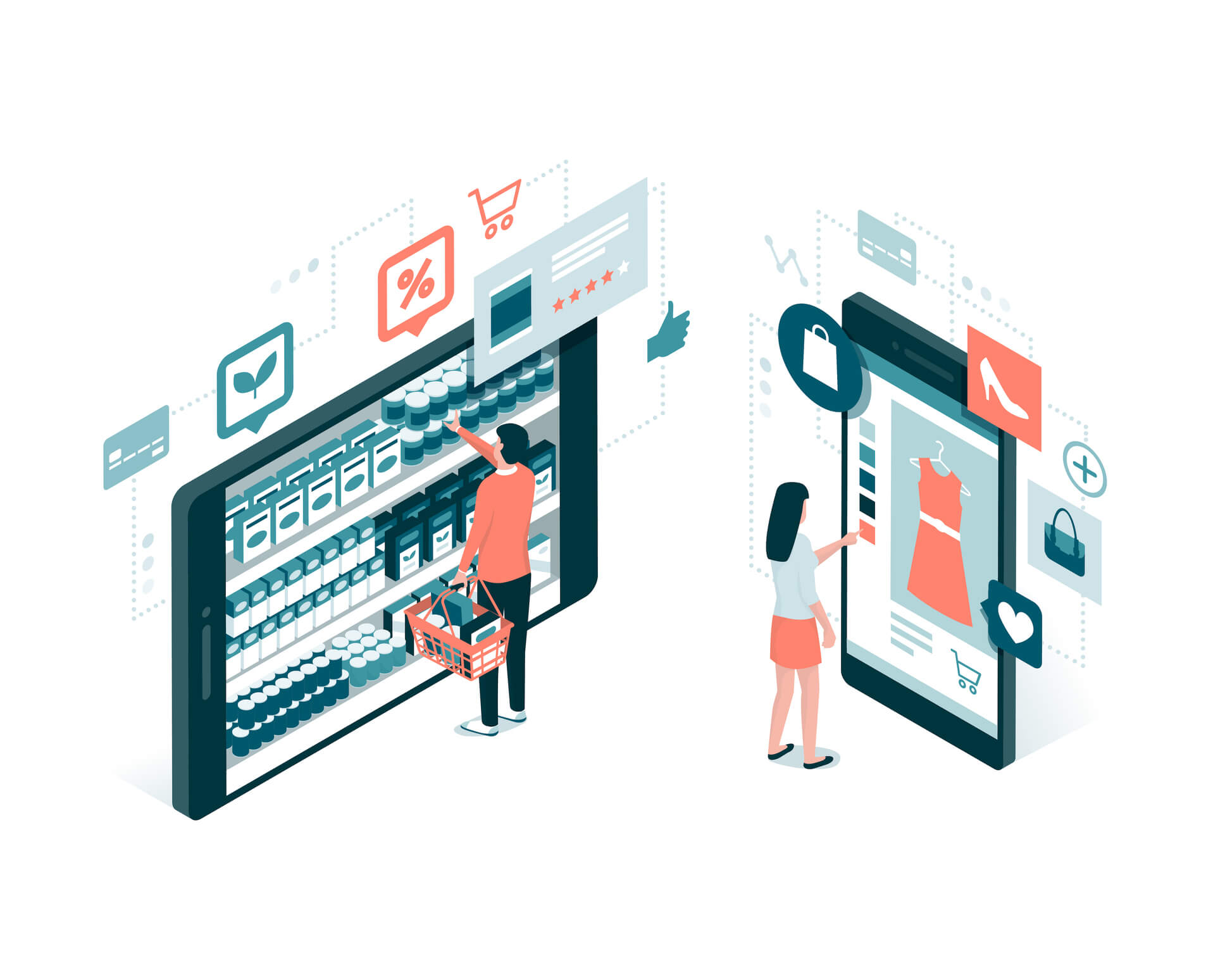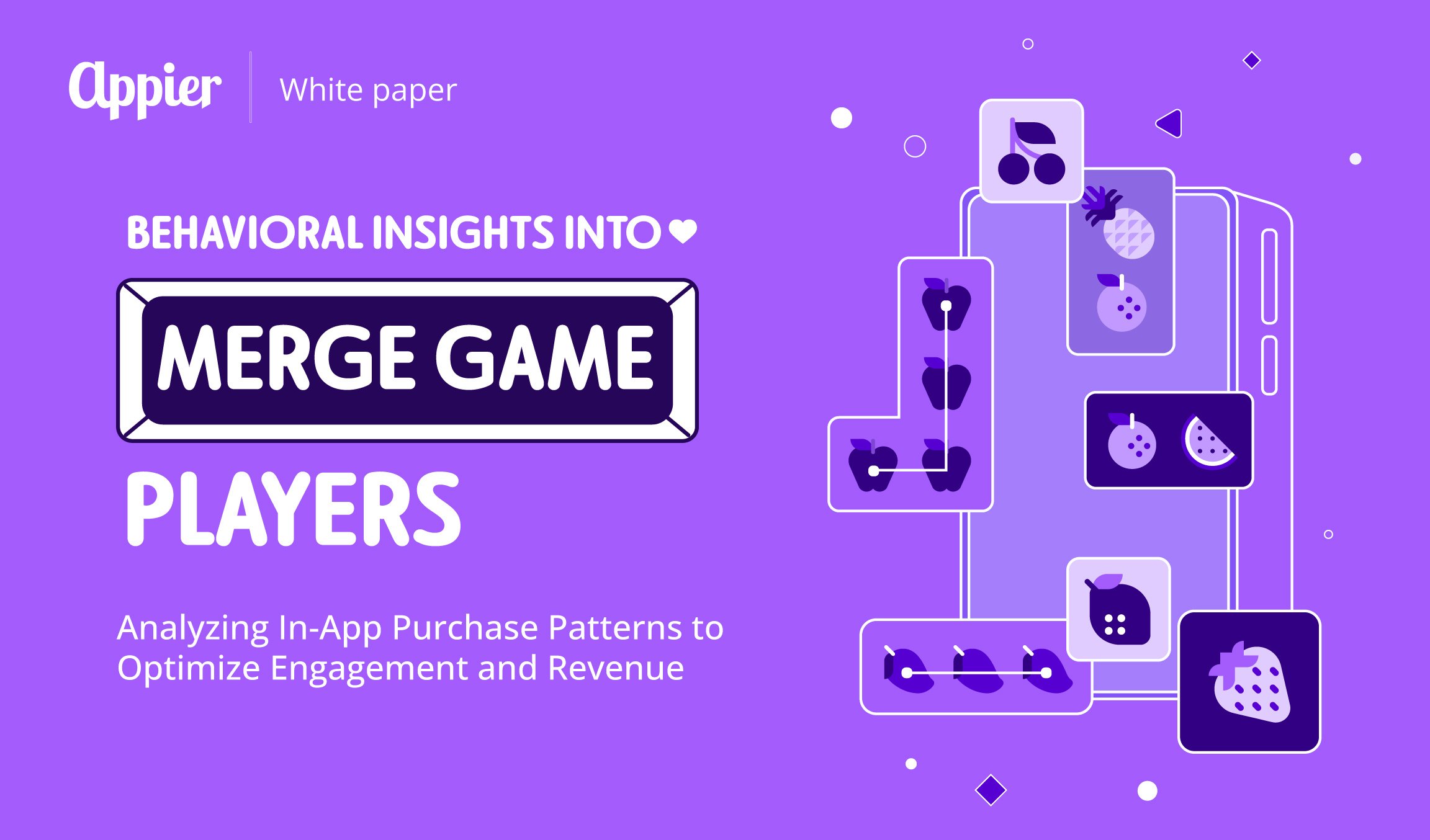Traditional audience building goes something like this: Mike has performed action A, so will be sent message A. While this approach works to a point, it is pretty simplistic and doesn’t take into account consumers’ complex online behavior today.
The reality is, while Mike may have performed a specific action, this only tells you what he has done, not what he is likely to do in the future. Because of this, allocating budget to this type of basic personalization is a risk. However, it is a risk many brands are still taking, and they are suffering from poor engagement as a result.
With some of the latest developments in artificial intelligence (AI), there is a better way: Targeting based on real-time customer intent.
Understanding Real-time Intent Targeting
Real-time intent targeting, also known as cognitive product targeting, is the next step in personalization. Enabled by AI, it gives you the ability to accurately predict ever-changing customer intent, down to the millisecond.
You can use powerful algorithms and deep learning to analyze billions of consumer data points in real time, across multiple channels. These include both owned channels, such as your website, apps and email, as well as external websites.
Taking this rich data, AI can dig deep to identify patterns that signify not only product preferences but also the likelihood of conversion. It does this by looking at the recency and frequency of online customer activities. For example, if Mike has viewed a product twice in the past two days and added it to his cart on the third day, he will be more likely to convert.
Once levels of intent are identified, you can then more tightly segment your customer personas for optimized real-time targeting. Importantly, the more data collected over time, the more accurate the real-time predictions of your customers’ intent will be.
Tailoring Your Messaging by Level of Intent
While the theory is convincing, you might be wondering what ‘real-time’ intent targeting means in practice. Essentially, it involves using these predictions of future behavior to more accurately and continually tailor your messages for increased engagement and conversions.
Here are some examples of recommended actions for targeting based on the differing levels of intent identified, which can help push customers along the purchase funnel.
Segment 1: Customers With High Intent to Convert
An example of customers with a high intent to convert could be those who have added one item to their cart yesterday or viewed an item three times over the past two days. For these customers, you would want to send them a message that creates a sense of urgency, such as “Grab them while stocks last” or “20% off, today only”.
You can also leverage AI to analyze their behavior and develop a single customer view that helps you deliver a cross-screen advert at the right time and on the right device.
Segment 2: Customers With Mild Intent to Convert
For customers with a mild intent to convert, such as those who have viewed an item once in the past week and searched for related product information, you might want to dig deeper to identify their real interest for personalization.
Use an AI-powered data science platform like AIXON to crunch customer data from both owned and external channels to not only identify what they are interested in on your website, but also their interests outside your channels. Such insight enables you to create more effective customer segments for personalized engagement. For example, you can send customized product recommendations through push notifications, EDMs, in-app messaging, SMS or other preferred channels.
Segment 3: Customers With Low Intent to Convert
By analyzing customer data, AI helps you identify those with real intention to buy, and also those who are just browsing. For customers with a low intent to convert, such as the ones who viewed a product once in the past two weeks, you can use nurturing campaigns to drive engagement.
Understanding customers’ external interest is the key here. Leverage AI and extra data on articles they have read or products they have viewed on external websites to dig out the keywords that indicate their external interests. You can then create nurture campaigns with relevant content, such as blog posts, tips and useful information, or with an offer to redeem free samples through email or social media targeting.
Real-time customer intent targeting is not just a marketing fad; it is the future of audience segmentation. By analyzing and learning from data in real time, AI helps you create hyper-personalized communications that boost engagement, as well as drive conversions and your return on investment.
* Interested in finding out more about how you can leverage the right AI tools for real-time customer intent targeting? Get in touch with us today!



-1.png?width=3000&height=1834&name=SuperLike_%E5%B7%A5%E4%BD%9C%E5%8D%80%E5%9F%9F%201%20(1)-1.png)